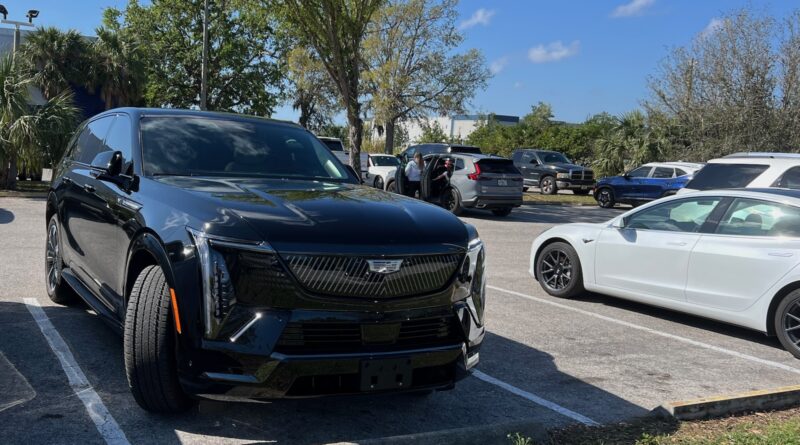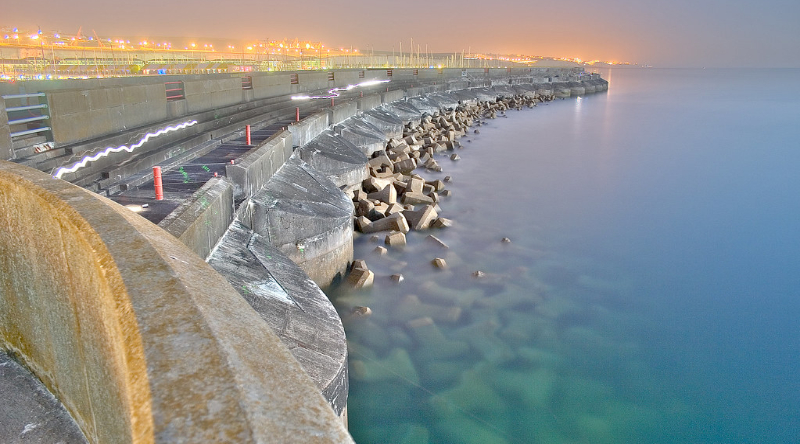High-Performance Computing Advanced More Than 425 Energy Research Projects in 2024
In 2024, NREL completed the full buildout of Kestrel, the U.S. Department of Energy (DOE) Office of Energy Efficiency and Renewable Energy’s newest high-performance computing (HPC) system. This new supercomputer now boasts roughly 56 petaflops of computing power to accelerate progress in energy research, including through the use of artificial … [continued]










